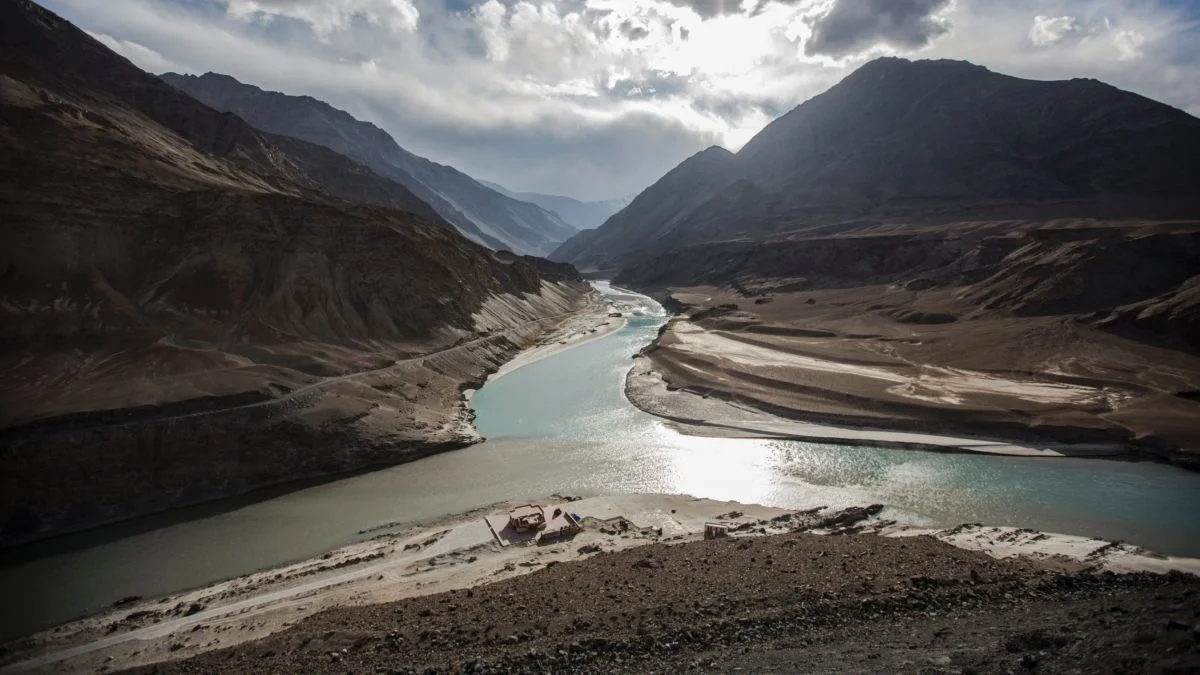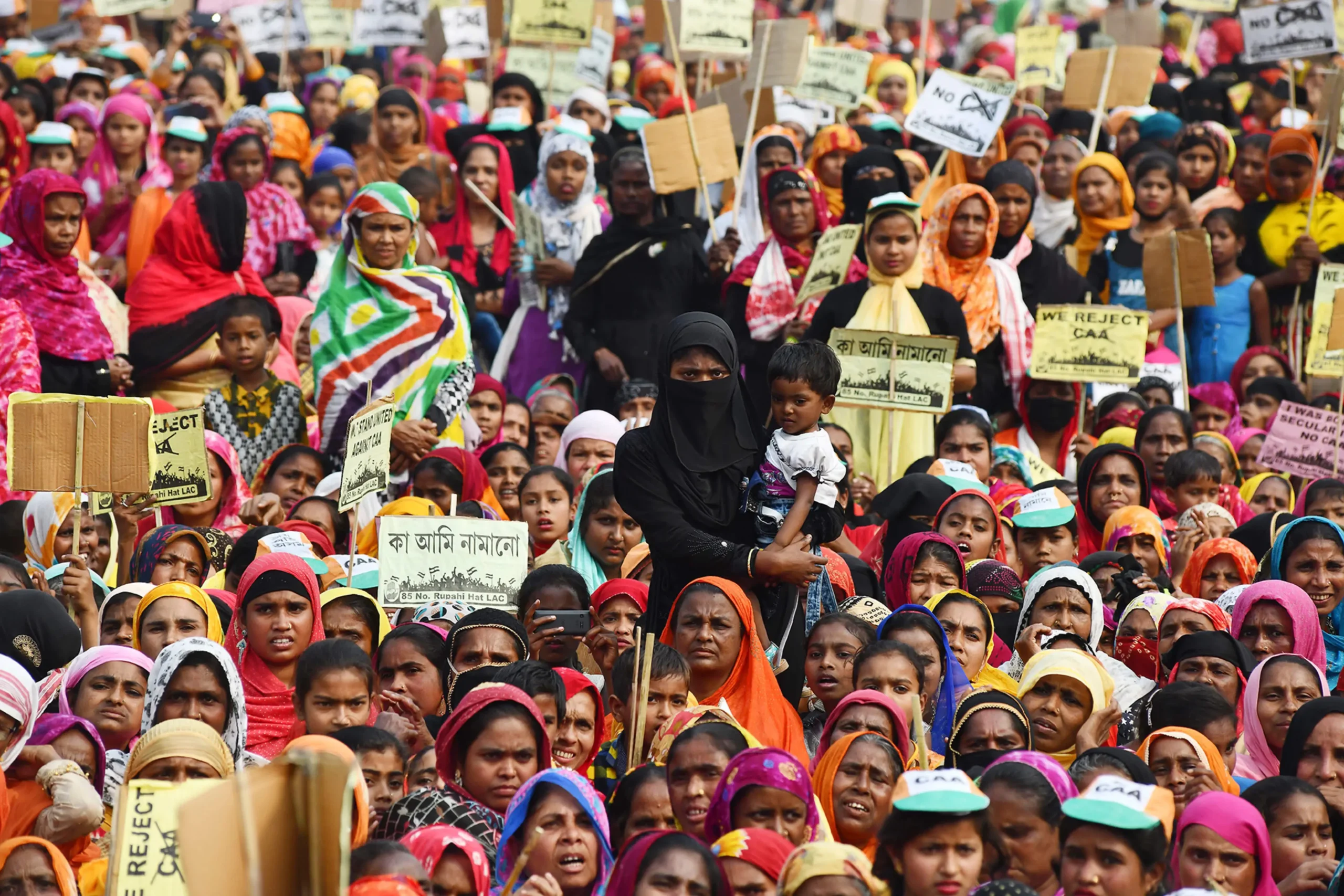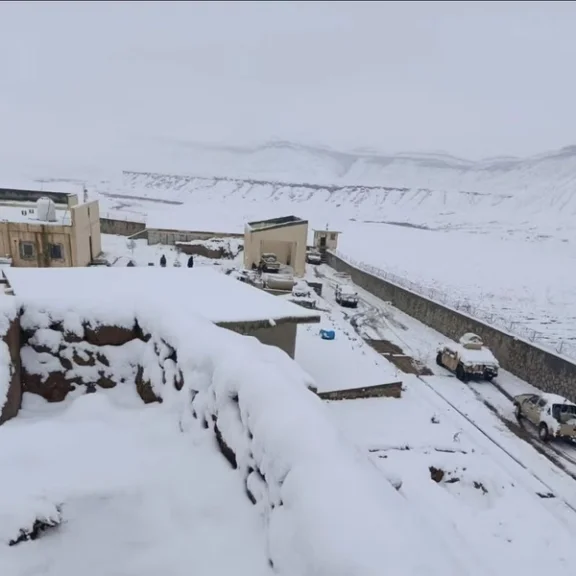Thanks to the mighty Indus, South Asia is no stranger to troubled waters, both figuratively and literally. Water rights in the Indus River System sparked an Indo-Pakistan water conflict as early as 1948. Despite India and Pakistan having participated in numerous military skirmishes since the Indus Waters Treaty’s (IWT) ratification in 1960, the two neighbors have not thus far waged any water wars. Although the majority of conflicts and disputes have been resolved through the legal channels allowed by the treaty’s framework, both countries have been at odds over hydroelectric projects on the transboundary Indus river and its tributaries for many years, with their impasse over disputed Kashmir having made the conflict worse.
In the past few days, India has served Pakistan with a notice to alter the treaty in order to prohibit third parties from interfering in disputes and has also requested that Pakistan meet with India within 90 days to begin negotiating the protracted issue.
The Mighty Indus
The division of British India in 1947 led to a conflict over the waters of the Indus basin, which originate in Tibet and the Himalayan Mountains and, after passing through the states of Punjab and Sindh, discharge into the Arabian Sea. Then, the newly constituted governments of India and Pakistan disagreed on how to distribute and administer what was effectively a unified and integrated irrigation network. In addition, the geography of the division meant that India was home to the Indus Basin’s source rivers. Conversely, Pakistan is completely reliant on the Indus River for irrigation and domestic consumption; according to research, its agriculture absorbs 90% of the river’s water resources. Unsurprisingly, Pakistan perceived the possibility of Indian dominance over the streams that supplied water into the Pakistani portion of the basin as a danger to its way of life. While India undoubtedly had goals for the lucrative development of the basin, Pakistan felt gravely threatened by a dispute over the primary water source for its arable land. Ultimately, the World Bank arranged and negotiated the IWT, which was signed in 1960 as a water-distribution treaty between the two neighboring countries to utilize the water present in the Indus River and its tributaries. Under the treaty, Pakistan is granted control of the waters of the three western rivers, the Indus, Chenab, and Jhelum, with a mean annual flow of 99 billion cubic meters, while India is granted control of the waters of the three eastern rivers, the Beas, Ravi, and Sutlej, each of which has a mean annual flow of 41 billion cubic meters.
Of Cooperation and Conflicts
Among the provisions of the treaty, perhaps the most significant was the establishment of the Permanent Indus Commission, with a commissioner chosen by each country. It is required to adhere to the predetermined procedure for resolving any future disagreements and issues over the application or interpretation of the treaty. The commission, which has endured three wars, offers a continuing system for dialogue and dispute resolution through visits, data sharing, and inspection. Moreover, Article VIII of the treaty states that the two commissioners must jointly submit a report to both countries every year on their activities. But despite Pakistan’s frequent claims of treaty violations by India, these annual reports are never made public by either country. Notably, any plans for engineering work that would have an impact on the other party must be disclosed to the other party, and each party is required to share information regarding such plans. The yearly inspections and data exchange go on as usual, unaffected by the subcontinental tensions. In cases of disagreement or conflict, the Permanent Court of Arbitration (PCA) or a neutral technical expert is to be consulted for arbitration.
Renewed Tensions
Presently, the central source of contention is a hydroelectric power project on the Kishanganga River, a tributary of the Jhelum known in Pakistan as the Neelum. In the disputed Kashmir region, the project, which includes a dam on the tributary, was originally inaugurated in 2018 by Indian Prime Minister Narendra Modi just a few meters from the Line of Control (LoC). A total of 1,713 million units of electricity will be produced annually by the project. Jhelum water will be diverted by the dam to a subterranean power plant. In order to achieve this, it will reroute the water from Pakistan’s Gurez Valley back into mainland Kashmir.
Since then, Pakistan has claimed that by altering the river’s path and lowering the water level, the Kishanganga project breaches both conditions. Nonetheless, India began working on the project in 2007. Pakistan brought the case before the PCA at The Hague in 2010, and the project was suspended for three years as a result. However, in 2013, the court determined that the Kishanganga was a run-of-the-river facility under the terms of the Indus Waters Treaty and that India could, therefore, divert water from the Kishanganga (Neelum River) for the purpose of producing electricity.
Additionally, the court determined that India has a duty to build and operate the Kishanganga dam in a way that maintains a minimum flow of water in the river. One cubic meter of water per second, or 9 cu m/s, was set as the minimum flow rate. India announced that the dam would be built at a height of 37 meters instead of the original 98 meters and that construction would commence immediately. Pakistan, on the other hand, amassed evidence that India was violating both the court\’s ruling and the treaty.
Water: The New Warfield
In August 2016, Pakistan requested that a court of arbitration be established by the World Bank to examine the plans for Kishanganga and another project on the Chenab called Ratle.
India opposed the idea, claiming that Pakistan’s concerns were purely technical and that a neutral expert should resolve the issue. Pakistan disagreed, claiming that India would not be obliged to follow the expert’s recommendation because a technical expert’s judgment is not legally binding.
According to the latest statement released by the Attorney General for Pakistan (AGP) Office on Friday, the first hearing in a dispute between Pakistan and India arising from the IWT got underway at the PCA in The Hague, Netherlands. The AGP Office also took note of the erroneous news reports about New Delhi’s attempt to unilaterally modify the IWT that was published in the Indian press. It was thus claimed that the treaty cannot be unilaterally altered and it was an effort to draw attention away from the current IWT arbitration proceedings at the PCA.
Away from legal proceedings and impassioned pronouncements, India and Pakistan are both experiencing a freshwater deficit at home—in addition to a growing population and more energy use. The population of India, for instance, is anticipated to grow to 1.67 billion people by 2050. Exacerbated by the lack of fresh water in the region, which has grown progressively worse each year, the international transboundary river basins, including the Indus, are projected to experience severe water shortages by the middle of the century. These will be accompanied by climate change acting as a catalyst, according to the IPCC report from 2022.
While there is no amicable solution to the ensuing conflict, at least not on the horizon, there is little doubt about the evolving nature of the battlefield where decades of animosity may be played out in the coming years.






